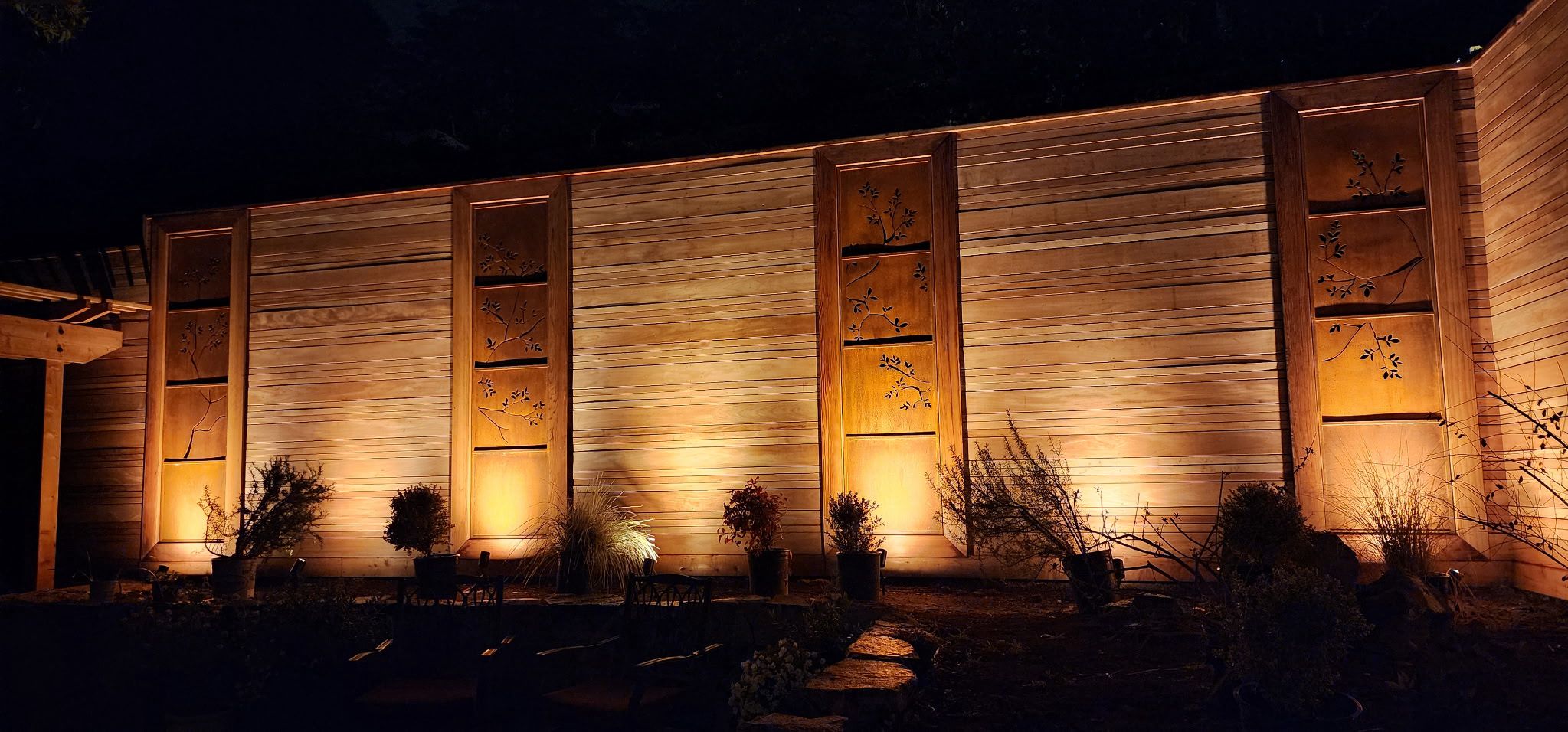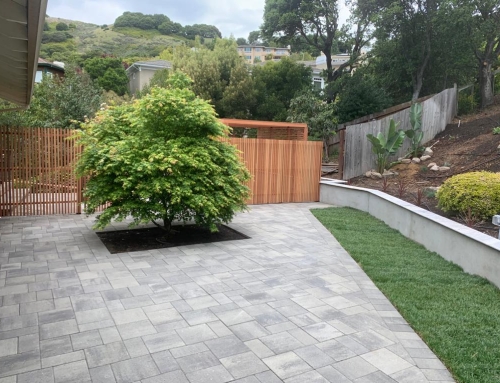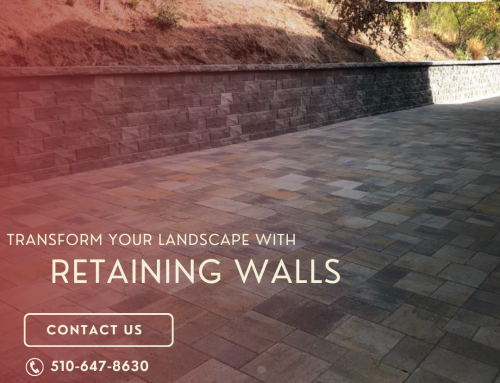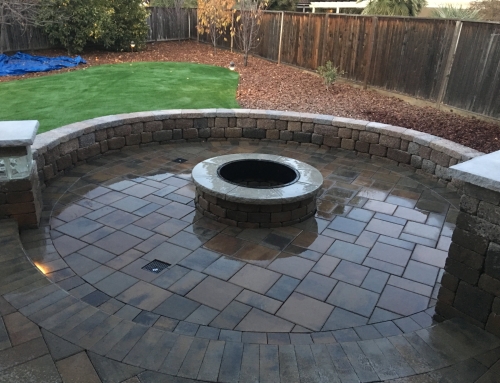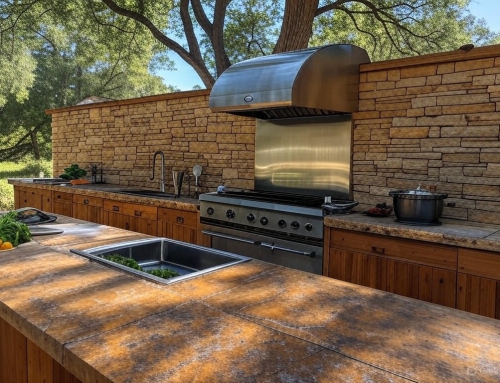When it comes to landscape design and structural reinforcement, retaining walls play a crucial role. They prevent soil erosion, create usable land on slopes, and add a unique architectural appeal to outdoor spaces. One of the most common materials used in retaining wall construction is concrete. But is concrete really the best choice for your retaining wall project? In this comprehensive guide, we’ll answer key questions like: Is concrete good for retaining walls? Do concrete retaining walls crack? What are the disadvantages of concrete retaining walls? Which retaining wall is best? Let’s dig deep into the facts so you can make an informed decision.
Is Concrete Good for Retaining Walls?
The short answer: Yes, concrete is an excellent material for retaining walls, especially for projects that require strength, longevity, and durability.
Concrete retaining walls are favored by engineers and contractors because they can withstand significant lateral pressure from soil and water. These walls can be poured-in-place, made from concrete blocks, or precast in panels, giving you various options depending on your needs and budget.
Benefits of Concrete Retaining Walls:
- Strength and Durability
- Concrete can support a large amount of weight, making it ideal for retaining heavy soil.
- Resistant to fire, rot, and pests.
- Longevity
- With proper construction and drainage, concrete retaining walls can last 50 to 100 years or more.
- Customizability
- Concrete can be molded into various shapes, patterns, and finishes.
- It can be stained or stamped to mimic stone or brick for a more aesthetic appearance.
- Low Maintenance
- Unlike wood or even some stone walls, concrete does not require frequent upkeep.
Given these advantages, it’s no surprise that many retaining wall contractors choose concrete for both residential and commercial applications.
Do Concrete Retaining Walls Crack?
Yes, concrete retaining walls can crack over time. However, the reasons and risks associated with these cracks depend on several factors including the design, installation, and maintenance of the wall.
Common Causes of Cracks in Concrete Retaining Walls:
- Poor Drainage
- Water buildup behind the wall adds pressure, leading to structural damage.
- Hydrostatic pressure is one of the leading causes of cracks.
- Improper Foundation
- A weak or shallow foundation can cause settling and result in stress cracks.
- Temperature Changes
- Expansion and contraction during seasonal changes can create surface-level cracks.
- Poor Construction Practices
- Skipping reinforcement, inadequate curing time, or subpar materials can weaken the structure.
How to Minimize Cracking:
- Use proper reinforcement (rebar or geogrid systems).
- Install a reliable drainage system (perforated pipe, gravel backfill).
- Choose high-quality concrete mix.
- Hire experienced professionals.
While cracking is a concern, it can often be mitigated or repaired if addressed early. This is another reason why selecting trusted experts for Concrete retaining wall services Piedmont is vital.
What Are the Disadvantages of Concrete Retaining Walls?
Despite the numerous benefits, concrete isn’t without its downsides. Before committing to a concrete retaining wall, it’s important to consider these potential disadvantages.
1. Higher Initial Cost
- Concrete walls, especially poured-in-place options, are generally more expensive upfront compared to timber or dry-stacked stone walls.
2. Installation Complexity
- Installing a concrete wall often requires formwork, mixing, and curing which increases labor and time.
- Requires skilled labor and engineering design for proper construction.
3. Cracking Risk
- As discussed, cracking can occur due to various reasons. Even though it’s preventable, it still remains a concern.
4. Limited Flexibility Once Set
- Unlike modular walls, concrete structures are rigid and difficult to modify or relocate after construction.
5. Environmental Considerations
- Concrete production has a high carbon footprint compared to other natural materials.
If these disadvantages are deal-breakers for your project, you may want to explore other types of retaining walls.
Which Retaining Wall is Best?
Choosing the “best” retaining wall depends on your specific needs—soil type, slope, load-bearing requirements, aesthetics, and budget.
Here are some common types of retaining walls:
- Concrete Retaining Walls
- Best for: High-load areas, long-term durability, custom finishes.
- Types: Poured-in-place, precast panels, concrete blocks.
- Stone or Brick Retaining Walls
- Best for: Natural aesthetics, gardens, and smaller loads.
- Pros: Beautiful, blends with landscaping.
- Cons: More labor-intensive and generally more expensive.
- Timber Retaining Walls
- Best for: Budget-conscious projects, temporary solutions.
- Pros: Inexpensive, easy to install.
- Cons: Shorter lifespan, susceptible to rot and pests.
- Gabion Retaining Walls
- Best for: Erosion control, industrial or rustic settings.
- Pros: Eco-friendly, good drainage.
- Cons: Bulky appearance, can rust if not galvanized.
- Segmental Retaining Walls (SRWs)
- Best for: DIY-friendly projects, moderate loads.
- Pros: Modular, flexible, no mortar required.
- Cons: Not ideal for very high walls.
So, which one is best?
If you need a strong, long-lasting, and versatile solution, concrete often stands out as the top choice. However, if cost or aesthetics is a higher priority, other materials might suit your project better.
A professional site evaluation by experienced retaining wall contractors will help determine the most effective and efficient wall for your unique landscape.
Final Thoughts: Is Concrete Right for You?
Concrete remains a top-tier choice for retaining walls due to its unmatched strength, durability, and adaptability. While it does come with a few downsides—like cracking risk and higher costs—these can be mitigated with quality materials, sound engineering, and expert installation.
Before starting your project, ask yourself:
- How long do I want this wall to last?
- What kind of soil and drainage do I have?
- Do I need the wall to bear heavy loads?
- What’s my budget for construction and long-term maintenance?
By weighing the pros and cons, and consulting with specialists offering Concrete retaining wall services Piedmont, you’ll be better equipped to build a wall that’s not only functional but also enhances your property’s value and appeal.


